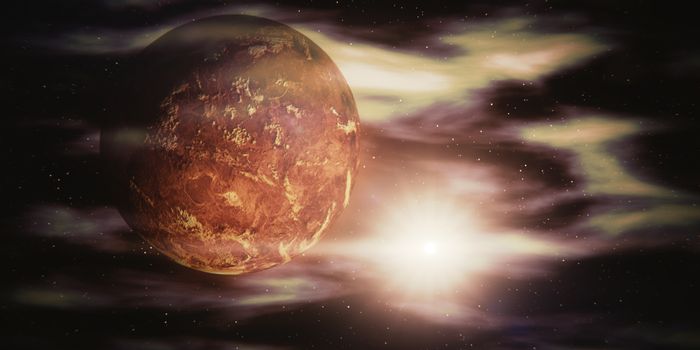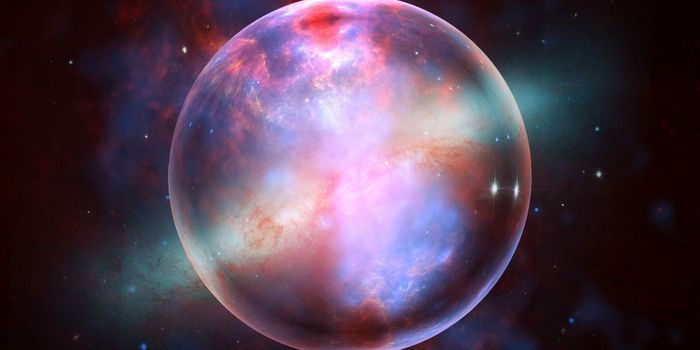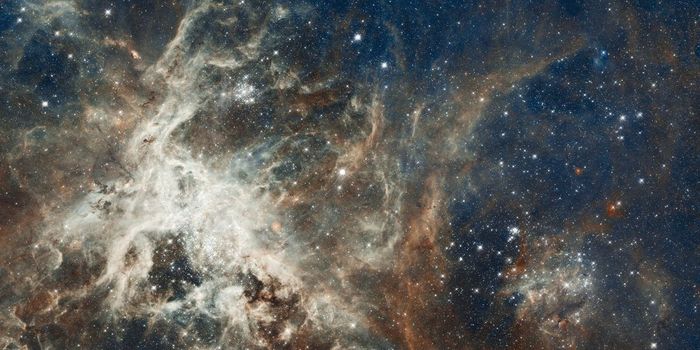Why Do We Have Particle Accelerators?
At one point or another, you've probably heard of particle accelerators. These are machines, large and small, that essentially accelerate particles up to incredible speeds so that they can be slammed together.
The resulting clash is examined in detail, and can often help us to better understand physics and how they work. The collision sometimes creates newly-discovered particles that are observed, some of which only last for milliseconds before disappearing.
The world's largest particle accelerator is the large hadron collider (LHC), which exists underground in the middle of the border between France and Switzerland and has a 17-mile circumference.
Smaller particle accelerators exist all around the world and are used for different purposes. There are an estimated 30,000 particle accelerators all around the world; not all of them are round, nor are all of them used for science.








